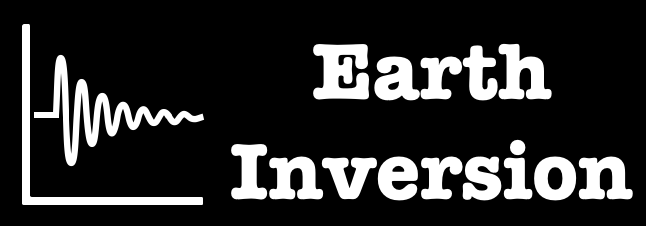Introduction:
In the realm of academic research and information management, Zotero stands out as a powerful tool for organizing and managing references. However, ensuring that your Zotero files are synced and accessible across multiple devices, such as a Mac and an iPad, can sometimes be a challenge. This blog post will guide you through the process of using WebDAV with Koofr to sync your Zotero files to Google Drive, enabling seamless access from any device.
Step 1: Setting Up Koofr for WebDAV
Before we dive into configuring Zotero, we need to set up Koofr for WebDAV access.
- Create a Koofr Account:
- Visit ~Koofr~ and sign up for a free account.
- Generate an Application-Specific Password:
- Log into your Koofr account.
- Navigate to Preferences > Passwords.
- Generate an application-specific password. This will be used for WebDAV access.
- Note Down WebDAV Connection Settings:
- Host: https://app.koofr.net/dav/Koofr
- Port: 443
- User: Your Koofr email address
- Password: The application-specific password you just generated
Step 2: Linking Google Drive to Koofr
Koofr allows you to link your Google Drive account, acting as a bridge for file storage.
- Connect Google Drive:
- In your Koofr account, go to the Connections section.
- Select the option to connect Google Drive.
- Follow the prompts to authorize Koofr to access your Google Drive.
Step 3: Configuring Zotero on Mac
Now, let’s configure Zotero to use Koofr via WebDAV.
- Open Zotero Preferences:
- Launch Zotero on your Mac.
- Go to Zotero > Preferences.
- Set Up Syncing:
- Navigate to the Sync tab.
- Ensure you have entered your Zotero account details to sync metadata.
- Configure File Syncing with WebDAV:
- In the Sync tab, click on Settings under File Syncing.
- Select Sync attachment files in My Library using WebDAV.
- Enter the WebDAV URL (https://app.koofr.net/dav/Koofr), your Koofr email address, and the application-specific password.
- Click Verify Server to ensure Zotero can connect to the WebDAV server.
- Once verified, click OK to save the settings.
Step 4: Syncing Zotero Files to WebDAV
- Sync Zotero:
- Click on the green sync arrow at the top right of Zotero to start syncing your files to the WebDAV server.
- Ensure the sync completes successfully.
Step 5: Accessing Zotero Files on iPad
To access your Zotero library on your iPad, follow these steps:
- Install Zotero App:
- Download and install the Zotero app from the App Store on your iPad.
- Set Up Zotero on iPad:
- Open the Zotero app and log in with your Zotero account details.
- The app will automatically sync metadata with your Zotero library.
- Configure WebDAV for File Syncing:
- In the Zotero app, go to Settings > File Syncing.
- Enter the WebDAV URL (https://app.koofr.net/dav/Koofr), your Koofr email address, and the application-specific password.
Step 6: Verifying Access
- Check Sync on iPad:
- Open a few entries in your Zotero library on the iPad to ensure that attachments are accessible and synced correctly.
Conclusion
By following these steps, you can effectively sync your Zotero files using WebDAV with Koofr and Google Drive. This setup ensures that your research materials are readily available on both your Mac and iPad, enhancing your productivity and research workflow. Happy researching!

Hey Utpal,
thank you so much for the comprehensive guide! Until now, I was using the zotmoov plugin on my desktop to link PDFs to my references. I now used your guide because I wanted to read papers on my iPad. However, I still get the error that linked files are not supported on iOS. Do I need to turn off zotmoov in order for the files to be stored and not linked files?
Thanks for any ideas!
Jens
Hi Jens,
Yes, iOS can only open stored files, not linked ones.
In Zotero, go to:
Tools -> Manage Attachments -> Convert Linked Files to Stored Files
After that, the PDFs will sync normally to your iPad.